13 stocks leading the AI revolution poised to turn early infrastructure investment into huge profit growth: Moody’s

With firms having invested billions of dollars into AI, Wall Street is antsy for a return on its investment.
As time passes, investors expect concrete monetization cases for the technology across the AI value chain.
Unfortunately, not all AI investments will pay off, according to Moody’s. They cite a complex industry with expensive technology and fierce competition.
“Rapid progress and maturing commercial offerings will drive broader adoption over time, but the sheer size of AI investment means that not all investors will achieve positive returns,” Vincent Gusdorf, head of digital finance and AI analytics at Moody’s, wrote in a recent note.
On the other hand, Moody’s believes some companies have positioned themselves for success in the AI revolution. The 13 companies identified below have created tangible competitive advantages by investing in AI infrastructure in the early stages or finding a mission-critical niche within the AI value chain.
Investing in the AI value chain
It’s still early innings for the AI revolution.
While it took several years for earlier technological revolutions like the smartphone or internet to generate products that gained traction with investors, the large language models behind ChatGPT and other AI applications have only been mainstream for less than two years.
That means definitive AI winners have yet to emerge. But according to Moody’s, there are some signs.
Investors should first understand where they’re investing in the AI value chain. According to Moody’s, the AI ecosystem is comprised of five layers.
The first is the hardware, such as semiconductors and chips, that handles AI workloads. Next is the cloud services providers, which store data and train AI models in data centers, followed by the AI foundation models that power ChatGPT. Finally, software infrastructure players assist in integrating AI models into the AI application, or end product that consumers use.
Big Tech companies with the scale and resources to operate data centers and develop AI software infrastructure are particularly well-positioned. These players hold considerable market share across multiple layers of the AI value chain, resulting in higher returns as they use AI in multiple business areas. This gives Big Tech companies an edge as the industry becomes more competitive and AI training costs continue to rise, according to Moody’s.
Big Tech certainly isn’t the only winner, though. Moody’s also identified several companies that create or help enable AI applications in high-growth niche markets.
At the end of the day, companies creating a difficult-to-replicate AI product will succeed in the AI race, Moody’s believes.
“Value will accumulate in segments with the highest barriers to entry,” Gusdorf wrote.
13 early winners of the AI revolution
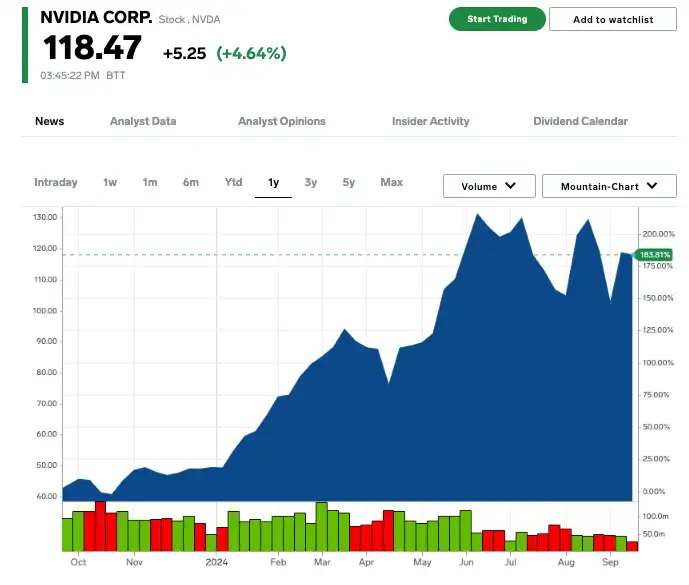
Ticker: NVDA
AI value chain position(s): Hardware
Competitive advantage: Nvidia is the world’s leading GPU manufacturer and creates the chips necessary to perform AI workloads.
Alphabet
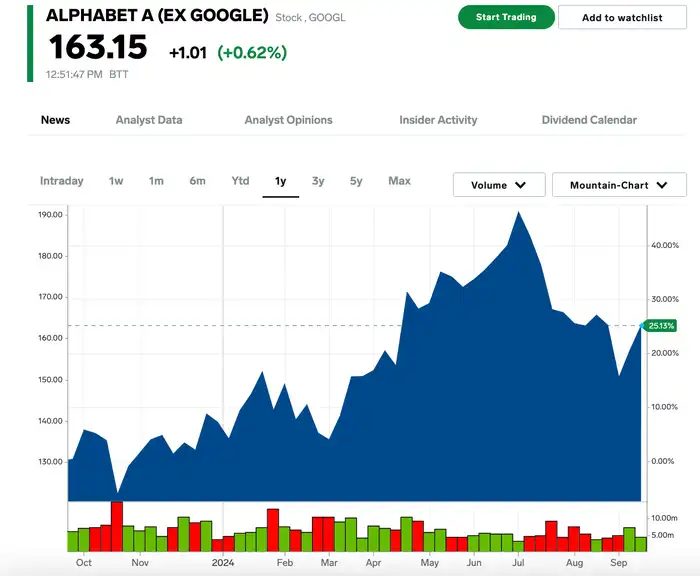
Ticker: GOOGL
AI value chain position(s): Hardware, cloud services, AI foundation models, software infrastructure, AI application
Competitive advantage: Alphabet trains its Gemini AI model on its own chips and uses Gemini in its Google search product. It has also invested $2 billion in AI startup Anthropic.
Microsoft
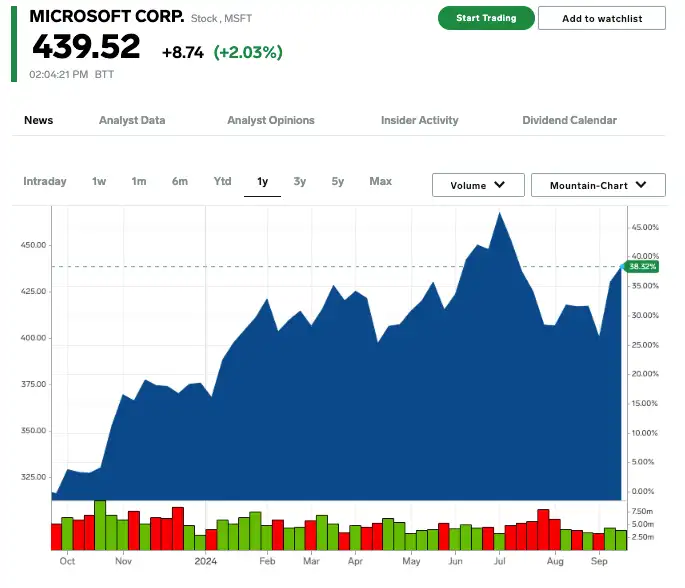
Ticker: MSFT
AI value chain position(s): Hardware, cloud services, AI foundation models, software infrastructure, AI application
Competitive advantage: Microsoft owns a stake in OpenAI, offers AI solutions on its Azure cloud service product, and has integrated AI into its Bing search engine.
Meta

Ticker: META
AI value chain position(s): Hardware, cloud services, AI foundation models, software infrastructure, AI application
Competitive advantage: Meta has developed the open-source AI model Llama, which it integrates across all of its apps.
Amazon
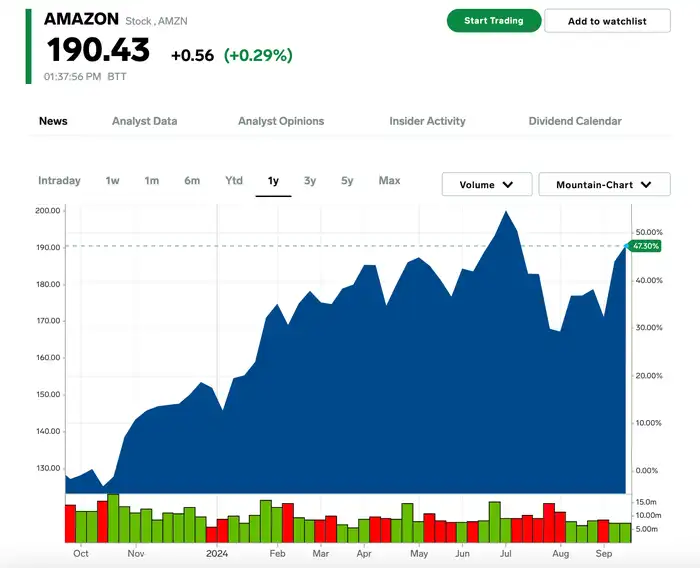
Ticker: AMZN
AI value chain position(s): Hardware, cloud services, AI foundation models, software infrastructure, AI application
Competitive advantage: Amazon’s AWS business dominates the cloud computing market. Amazon also creates its own custom chips for AI training, and has invested $4 billion in AI startup Anthropic.
Advanced Micro Devices
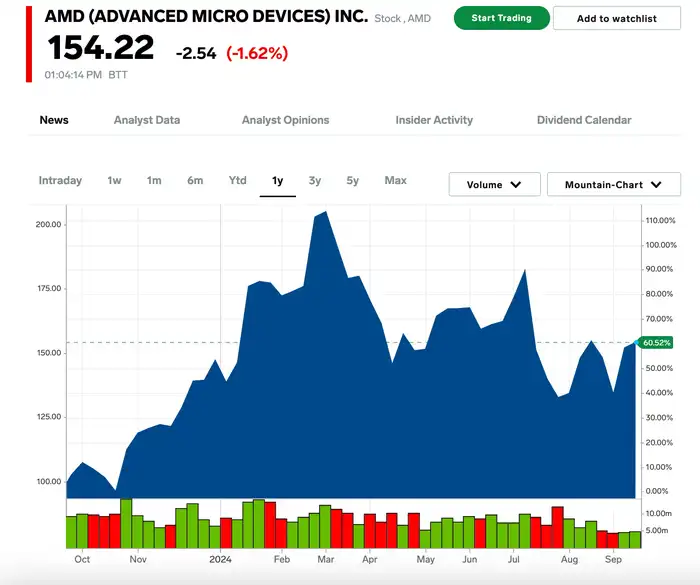
Ticker: AMD
AI value chain position(s): Hardware
Competitive advantage: AMD is emerging as a competitor to Nvidia and has seen its GPU business expand rapidly.
Taiwan Semiconductor Manufacturing Company
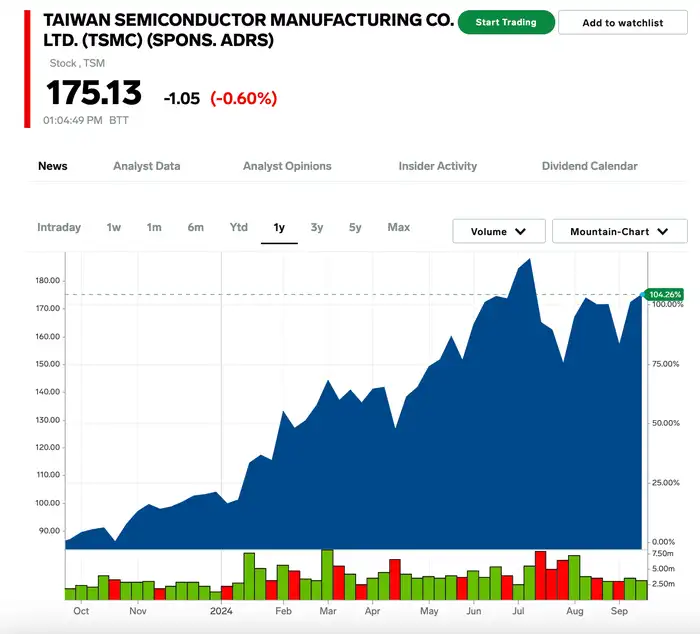
Ticker: TSM
AI value chain position(s): Hardware
Competitive advantage: TSMC is the largest leading integrated circuit foundry service provider for chip designers.
ASML
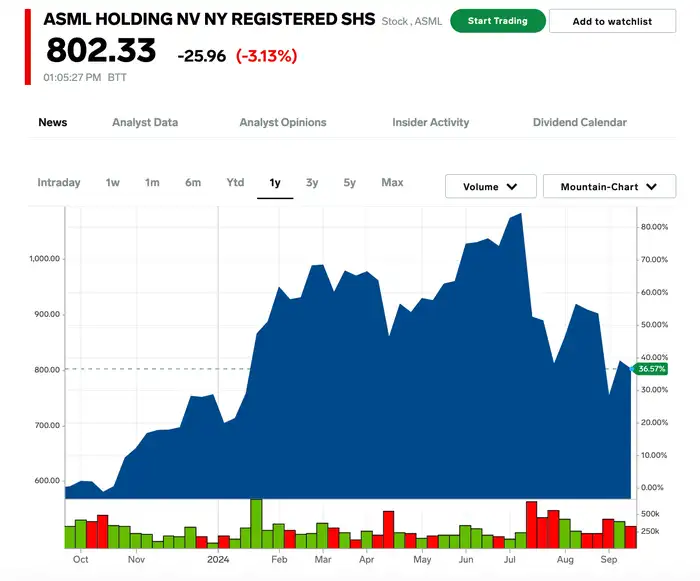
Ticker: ASML
AI value chain position(s): Hardware
Competitive advantage: ASML is a semiconductor equipment manufacturer and holds a monopoly on the lithography machines required to make the smallest semiconductor chips needed to process AI workloads.
Equinix

Ticker: EQIX
AI value chain position(s): Cloud services
Competitive advantage: Equinix is a data center operator and provider with customers such as Amazon and Apple.
Digital Realty
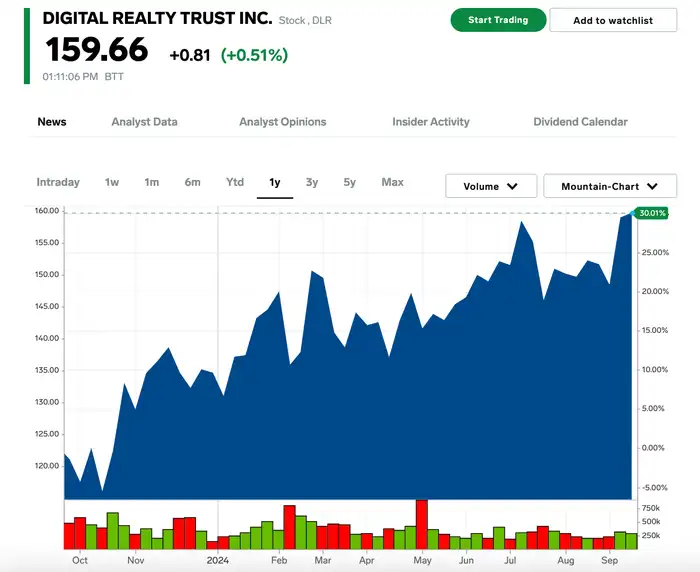
Ticker: DLR
AI value chain position(s): Cloud services
Competitive advantage: Digital Realty is a data center operator and provider with customers such as Meta, Oracle, and IBM.
Salesforce
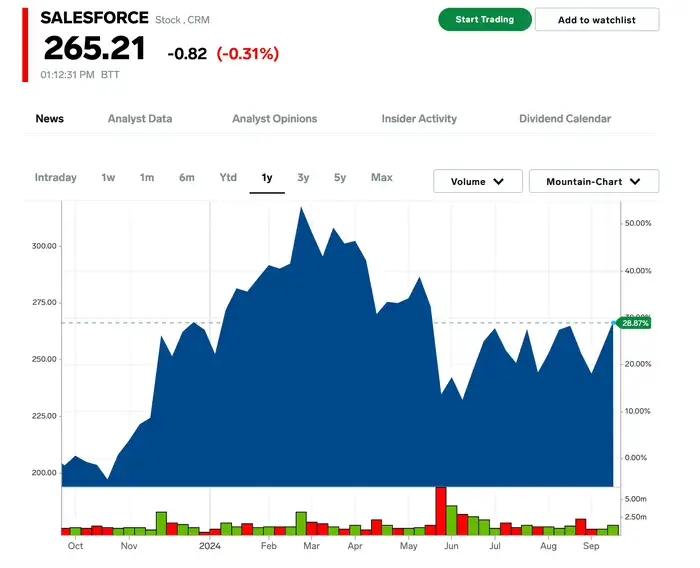
Ticker: CRM
AI value chain position(s): Software infrastructure, AI application
Competitive advantage: Salesforce is one of the largest cloud services providers and leader in Customer Relationship Management software. Its Einstein copilot uses machine learning to analyze data and automate tasks and is well incorporated into the rest of Salesforce’s business.
ServiceNow
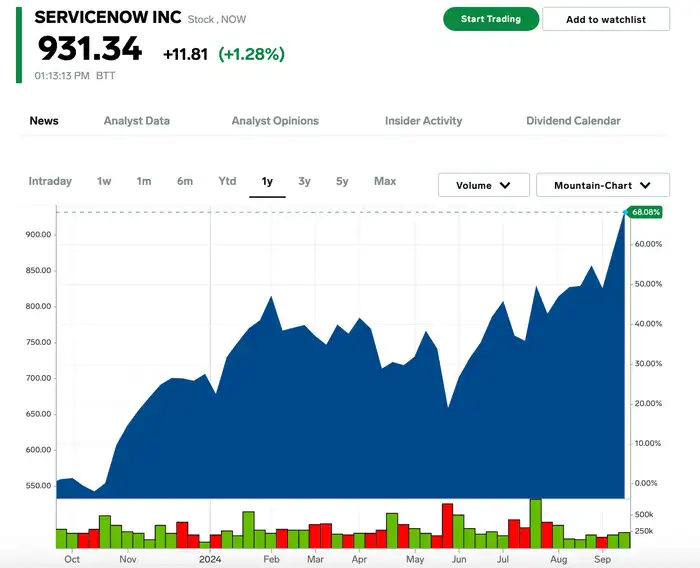
Ticker: NOW
AI value chain position(s): Software infrastructure, AI application
Competitive advantage: ServiceNow is the market leader in IT service management software and develops software applications to automate IT workflows through AI.
Adobe
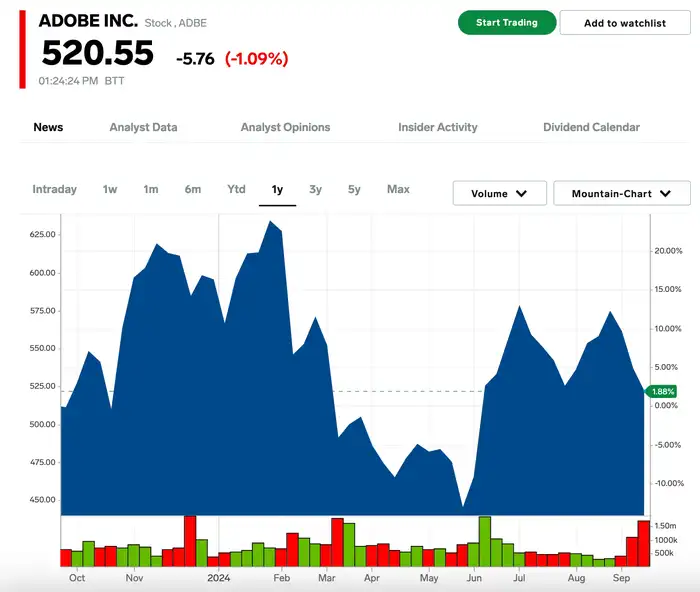
Ticker: ADBE
AI value chain position(s): Software infrastructure, AI application
Competitive advantage: Adobe has integrated AI and machine learning into many of its products and businesses, such as content understanding, search, recommendations, generation, and understanding.






